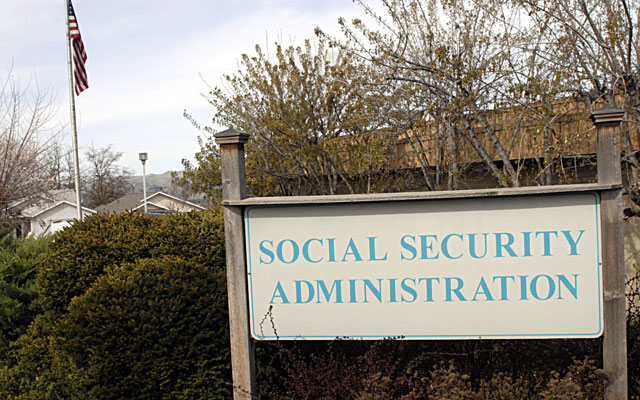During last week’s vote-a-rama in the Senate, Senator Bernie Sanders (I–VT) intended to put Senators from both parties on the record for opposing the adoption of a more accurate and less inflationary measure of calculating cost of living adjustments (COLA) in Social Security: the chained Consumer Price Index (CPI).
Chained CPI is a more accurate method of measuring price inflation and is one of the few Social Security reform proposals with broad bipartisan support, including from the Simpson–Bowles commission and President Obama. With Social Security running deeper into the red and a 25 percent automatic benefit cut looming in less than 20 years, switching to chained CPI is a small but important first step toward addressing the government entitlement crisis.
There are at least three substantial reasons why chained CPI is better public policy.
1. It Would Ensure Accuracy. Since 1975, Social Security has been sending recipients COLAs in order to protect them from price increases caused by inflation. But the current index calculated by the Bureau of Labor Statistics is outdated and considers only 32 percent of the U.S. population: the Consumer Price Index for Urban Wage Earners and Clerical Workers, or CPI-W.
This index follows the change in prices for a collection of different goods from ground beef to new shoes. But it fails to account for how people act in a market economy: When the prices of different goods change at different rates, consumers respond. If the price of pork increases faster than the price of beef, most people will respond by buying more hamburgers and less bacon.
The Chained Consumer Price Index for All Urban Consumers, or C-CPI-U, measures this change in the relative quantities of goods consumed and covers about 87 percent of the population. In other words, it accounts for the purchasing choices the vast majority of Americans make in response to price changes. This measurement more accurately accounts for the impact of inflation.
2. It Would Avoid Benefit Cuts. This accounting change would not cut current benefits, but it would save money and begin the process of saving Social Security by reducing future overestimates of the cost of living.
Current benefits would stay exactly the same, and recipients would continue to see future benefits increased by the COLA to account for inflation. According to a paper by Adam Rosenberg and Marc Goldwein, the only change is that payments would increase by 0.3 percent less than they would under the current system.
3. It Would Save Social Security Billions. Adopting a chained CPI would save over $127 billion over the next decade, according to the Congressional Budget Office. The 2012 Social Security trustees’ report indicates that this alone would solve 20 percent of Social Security’s long-range actuarial balance.
Despite bipartisan support for chained CPI, opponents (such as the AARP and the AFL-CIO) refuse to budge. They insist that adopting this index still amounts to cutting benefits in the long run, as the smaller percentage increases in COLA payments compound each year like interest.
But this objection ignores Social Security’s financing challenges over the long term. Without reform, the trust fund will be depleted by 2033, threatening a 25 percent across-the-board cut to benefits. The program is already running in the red, necessitating comprehensive reform—including delaying the age of retirement and adopting chained CPI.
Reforms should strengthen Social Security as a social safety net program while making the program affordable for current and future generations of working Americans. Heritage’s plan, Saving the American Dream, would reform Social Security to create a retirement security system that is available for future generations.
T. Elliot Gaiser is currently a member of the Young Leaders Program at The Heritage Foundation. For more information on interning at Heritage, please click here.































